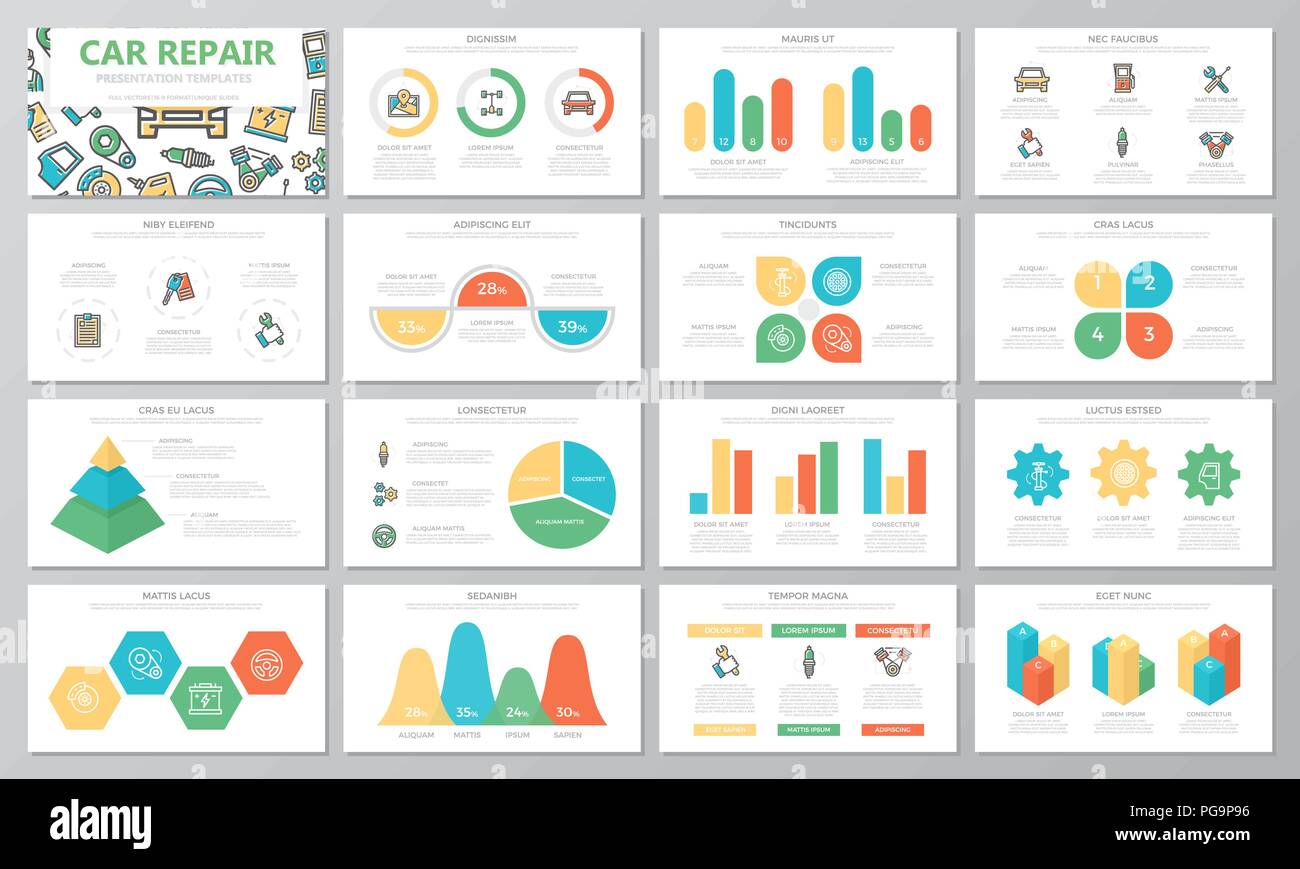Looking For Clarity On The Warning Lights Displayed On Your Auto'S Dashboard? Discover Exactly How They Connect To Your Vehicle'S Health And Wellness
Looking For Clarity On The Warning Lights Displayed On Your Auto'S Dashboard? Discover Exactly How They Connect To Your Vehicle'S Health And Wellness
Blog Article
Post By-Lim Corbett
When you lag the wheel, those radiant caution lights on your control panel can be a little bit bewildering. Do you recognize what they're trying to inform you about your auto's wellness? Recognizing the importance of these lights is vital for your safety and the long life of your vehicle. So, the following time one of those lights appears, would not you want to analyze its message accurately and take the essential actions to resolve it?
Common Caution Lights and Interpretations
Recognize typical warning lights in your vehicle and recognize their meanings to make certain risk-free driving.
The most normal warning lights include the check engine light, which indicates issues with the engine or exhausts system. If this light comes on, it's critical to have your car inspected quickly.
click for source advising light suggests low oil stress, calling for immediate attention to stop engine damages.
A flashing battery light could suggest a malfunctioning billing system, potentially leaving you stranded if not addressed.
The tire stress monitoring system (TPMS) light informs you to reduced tire pressure, affecting vehicle stability and gas performance. Disregarding this might bring about harmful driving problems.
The abdominal light suggests an issue with the anti-lock stopping system, compromising your capability to stop rapidly in emergency situations.
Finally, the coolant temperature warning light warns of engine getting too hot, which can cause extreme damages if not resolved swiftly.
Comprehending these common warning lights will help you resolve problems without delay and maintain safe driving problems.
Importance of Prompt Interest
Comprehending the usual caution lights in your auto is just the very first step; the relevance of without delay addressing these warnings can't be stressed sufficient to guarantee your safety when driving.
When a caution light illuminates on your dashboard, it's your auto's means of communicating a potential issue that requires attention. Neglecting these warnings can cause a lot more serious issues later on, compromising your safety and security and potentially costing you a lot more in repairs.
Prompt interest to cautioning lights can protect against break downs and mishaps. As an example, a blinking check engine light can suggest a misfire that, if left ignored, can trigger damage to the catalytic converter. Addressing this immediately can conserve you from an expensive repair.
In https://www.texasattorneygeneral.gov/consumer-protection/automotive-scams , a brake system advising light might indicate reduced brake liquid or worn brake pads, crucial parts for your security when driving.
Do It Yourself Troubleshooting Tips
If you see a caution light on your control panel, there are a couple of DIY troubleshooting pointers you can try prior to looking for expert help.
The initial step is to consult your car's guidebook to recognize what the certain warning light suggests. In some cases the problem can be as easy as a loose gas cap setting off the check engine light. Tightening up the gas cap may deal with the issue.
Another typical problem is a low battery, which can set off numerous advising lights. Checking the battery connections for deterioration and guaranteeing they're safe could take care of the issue.
If a warning light persists, you can attempt resetting it by separating the car's battery for a few mins and afterwards reconnecting it. In addition, checking your car's liquid degrees, such as oil, coolant, and brake liquid, can assist fix warning lights connected to these systems.
Final thought
Finally, understanding your car's warning lights is crucial for maintaining your car running smoothly and securely. By immediately dealing with these informs and knowing what they suggest, you can prevent pricey repair work and potential break downs.
Bear in mind to consult your cars and truck's guidebook for specific details on each alerting light and do something about it as necessary to guarantee a hassle-free driving experience.
Stay informed, remain safe when driving!
